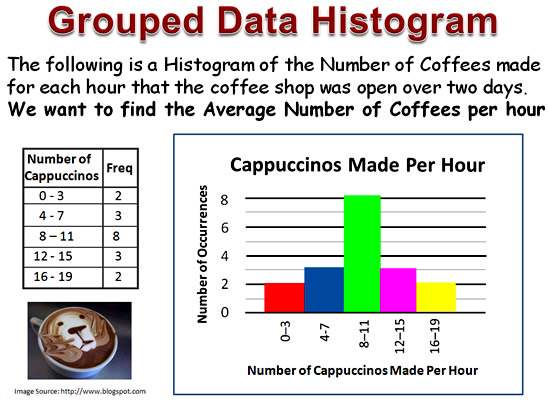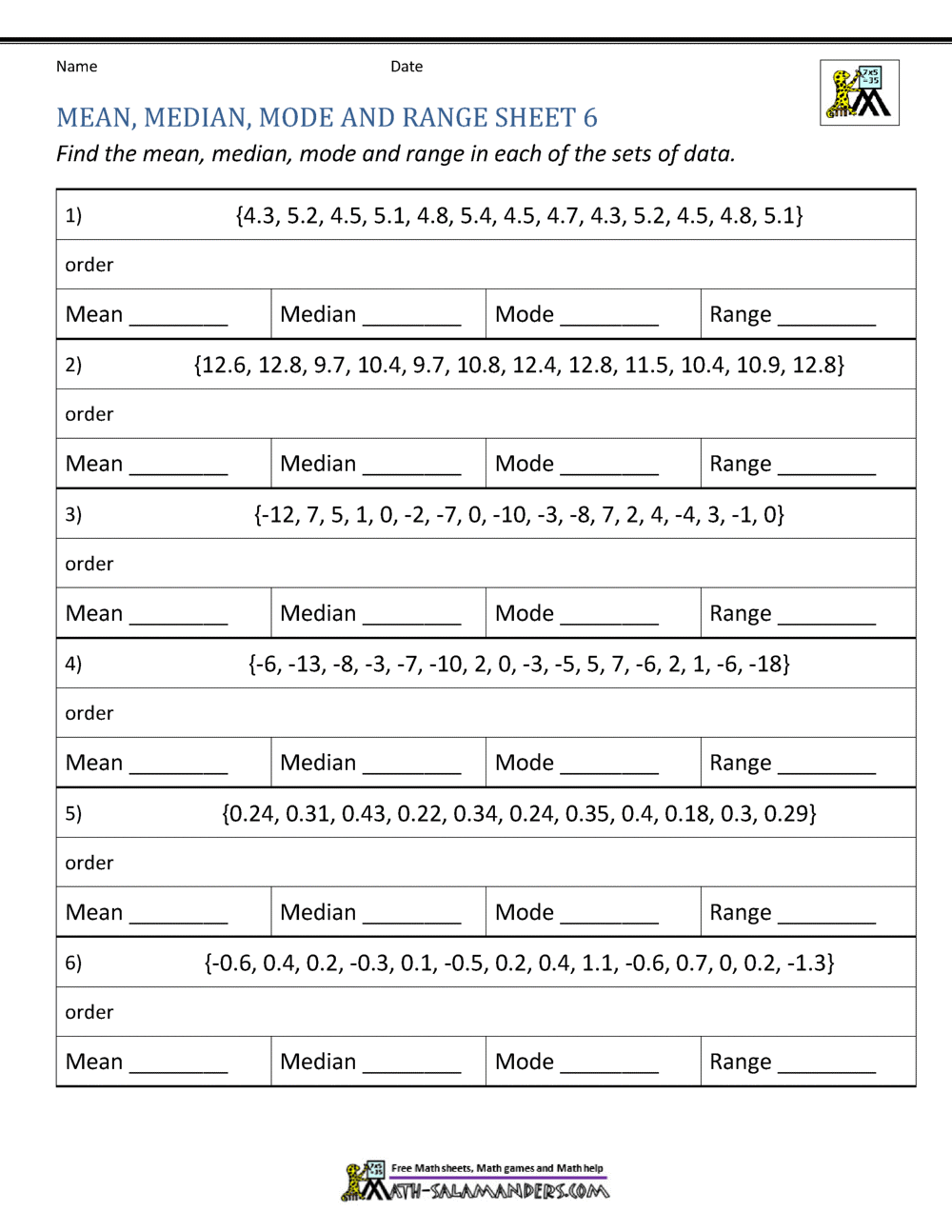

The above definition is of Arithmetic Mean, one of the many types of Mean. There are three methods of taking out averages – or mean in this case – and they are: direct method, assumed mean approach and step deviation method. The mean is basically the summation of all the values in the set of data after it is divided by the total number of values in the set of the data. The mean or average is beneficial to property and one of the most significant, easy and most used calculations out of all the three central tendencies. “Mean” and “average” are just two different terms for the same property of a data set. These are three different properties of data sets that can give us useful, easy to understand information about a data set to see the big picture and understand what the data means about the world in which we live. Lower Fence = Q 1 − 1.Mean, median and mode are some of the measures of central tendency. Upper Fence = Q 3 + 1.5 × Interquartile Range Potential Outliers are values that lie above the Upper Fence or below the Lower Fence of the sample set. Mode is the value or values in the data set that occur most frequently.Ħ, 9 the mode is 1 and also 6. The mean x̄ of a data set is the sum of all the data divided by the count n.

The mean is the same as the average value in a data set.

Add up all of the numbers and divide by the number of numbers in the data set. The mean is the same as the average value of a data set and is found using a calculation. In different ways they each tell us what value in a data set is typical or representative of the data set. Mean, median and mode are all measures of central tendency in statistics.

You can also copy and paste lines of data from spreadsheets or text documents See all allowable formats in the table below. Calculate mean, median, mode along with the minimum, maximum, range, count, and sum for a set of data.Įnter values separated by commas or spaces.


 0 kommentar(er)
0 kommentar(er)
